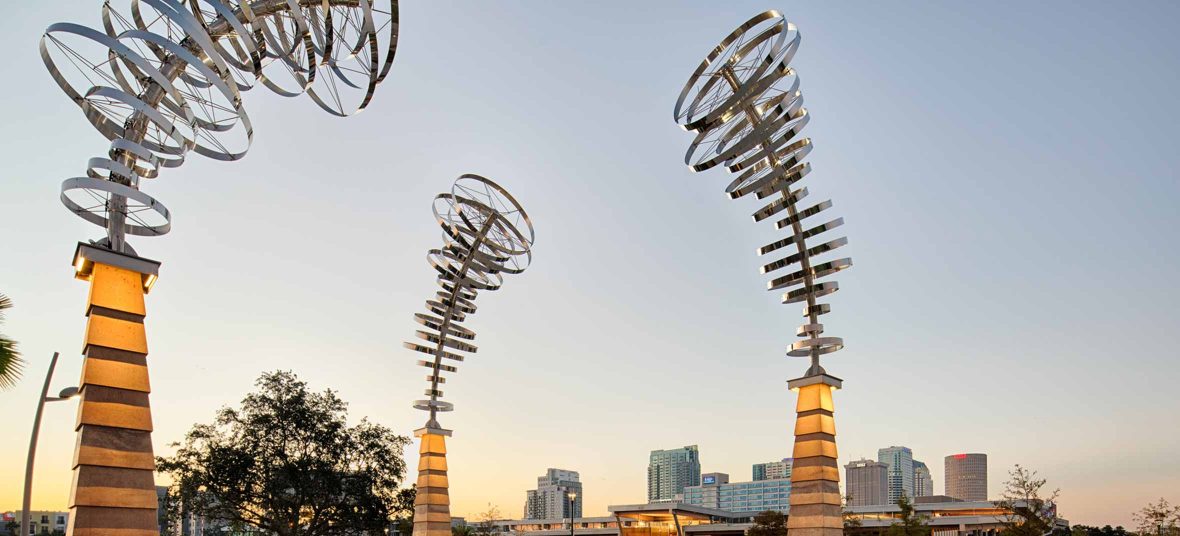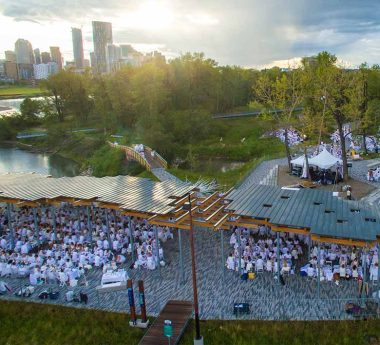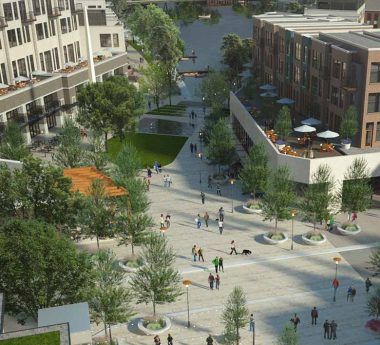The COVID-19 pandemic has taught us many lessons, not least of which is a reminder of our fundamental human need to get outside. After more than a year of getting reacquainted with our homes, our neighborhoods, and our cities, few will disagree that our urban spaces are too small, too disconnected, and too hardened.
We all need more space to move and breathe. It’s no surprise that suburbs around cities across the country, from San Francisco to Washington DC, are experiencing real estate booms. The use of parks and trails is booming, too, as green space has become the prized destination for individuals and families who seek exercise, fresh air, and the space to spread out and socialize a little more safely. We’ve learned how much we gain from this connection to nature, and to each other, and we’ve formed new habits in our efforts to stay healthy.



